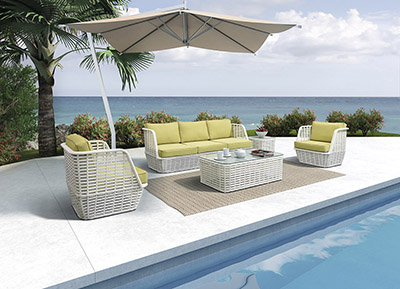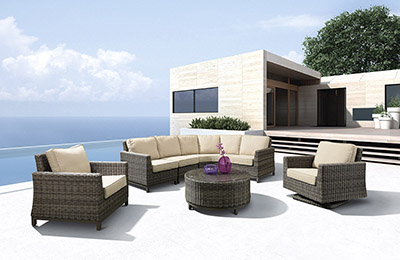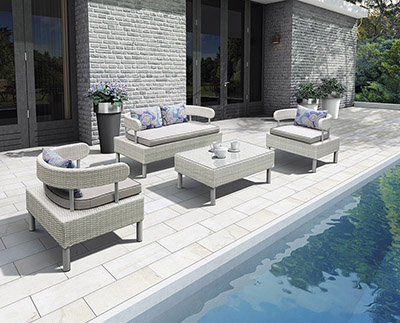(1) Reproduction of outlets. The network points are the basis for printing and copying the graphic and text information. The quality of the printing plate outlets will directly affect the quality of printed Internet sites and thus affect the reproduction of the entire printing process. Therefore, it is very important to select a good reproduction medium for the dots.
The network of CTP plates is the same as the traditional PS plate. It is also composed of sand grains. For a CTP plate to achieve 1% to 99% dot reproduction, the grain size of the plate must be small enough, because the finer the sand, the more sand grains will be supported in the high-gloss mesh, and the stronger the dot, the more important the printing will be. The less likely it is to lose the version. However, the grain size of the dot cannot be too fine, and the width of the water-ink balance of the plate material with fine grain in the printing is small, which is not conducive to the control of printing quality.
(2) Line reproduction. The reproducibility of the lines for a plate generally includes two aspects, the reproduction of very thin lines and the dimensions of the yin and yang lines. The presence of very thin lines is closely related to the grain size of the plates, especially the uniformity of the grains, because only the edges of the lines supported by the evenly distributed grains are likely to be smooth. The size of the Yin-Yang line is mainly determined by the coating thickness of the plate. We can compare the changes in the lines by printing the adjacent Yin and Yang lines on the plate.
(3) New ink. The ink affinity of the plate refers to a characteristic of the printing plate graphic part which is selectively inked by the transfer roller. The thickness of the ink on the plate will directly affect the thickness of the ink on the blanket and the paper, and the amount of the ink transferred to the plate. It depends on the level of ink affinity of the printing plate. If the ink-printing part of the printing plate is low in ink receptivity, the range of controlling the ink in the whole printing is smaller, and the more it is unfavorable to the product quality. In addition, the use of poor ink affinity printing plate, the remaining ink will accumulate in the transfer roller, so that the transfer roller ink film is thickened, both ends of the ink accumulation, resulting in ink splash phenomenon, but also reduce the ink cover force. Therefore, CTP plates with good ink receptivity are very important.
In order to improve the ink receptivity of the CTP plate, the photosensitive material of the plate graphic portion should have chemical properties that are close to the pigments, resins, and solvents in the ink.
(4) Hydrophilicity. The hydrophilicity of the plate refers to the property of selectively retaining water on the non-graphic portion of the plate. The amount of water in printing can neither be too much nor too little. Too little, the part that has not been imprinted is easy to get dirty; Too much, it is easy to appear dull and immature, receive the paper is uneven, the paper is distorted, overprint is not allowed and so on the situation. At present, the main substrate of the CTP plate is aluminum, which is hydrophilic, and the surface is plated to form a porous surface, which increases the total surface area and ultimately improves the hydrophilicity.
In addition, the factors that affect the performance of the CTP plate are the resolution of the plate, the resistance to printing force, the degree of undertone, the sensitivity, the size and the uniformity of the coating.
In a word, with the continuous progress of CTP plate making technology and the continuous improvement of CTP plate material performance, the advantages of CTP plate material are continuously highlighted, and the digitized work flow is continuously improving. We have reason to believe that CTP plate material will inevitably have a broader development prospect.
Outdoor Sofa Furniture
Outdoor sofa furniture is suit for outdoor garden usage for long time. The material is UV resistant PE rattan and 1.2mm thickness aluminum frame with powder-coated.
Outstanding comfort and structural integrity make our Outdoor Sofa Furniture Collection a welcome addition outdoors. Rattan fibers are smoothly double woven around concealed powder-coated aluminum frames. Gently angled backs and wide arms encourage restful lounging. The industry`s best high-performing fabrics encase the thick, double-wrapped foam cushions.
· Traditional forms with a spacious, inviting scale
· Handwoven premium resin wicker UV resistant
· Rust-resistant powder-coated frames
· Cushions included with 30 density sofa foam
· Versatile tempered glass tables
· Cushions also available with 100% waterproof fabric.
Outdoor sofa Furniture contain sectional sofa, deep seating sofa, round or semi-round sofa furniture, and garden set.




If you have any questions, please contact with us directly. Outdoor Sofa Furniture are produced
by Golden Eagle Outdoor Furniture With High Quality and Good Appearance. Welcome you can visit our Factory.For any inquiry,Please send mail directly to us.
Rattan Outdoor Furniture,Outdoor Furniture,Outdoor Patio Furniture,Outdoor Garden Furniture,Outdoor Furniture Set
Golden Eagle Outdoor Furniture Co., LTD. , https://www.gesunumbrella.com